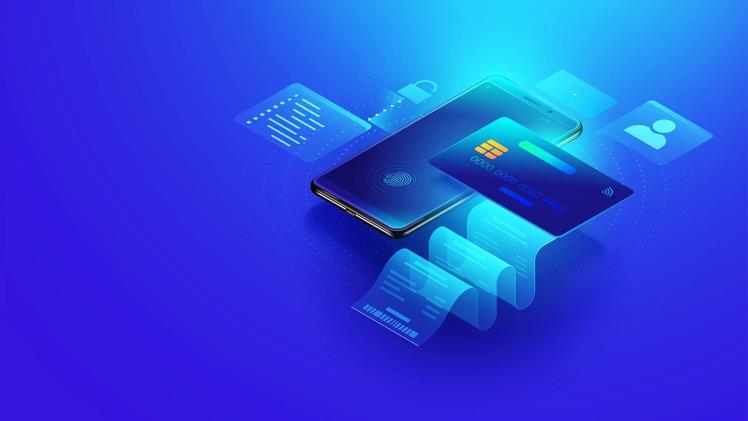Mobile payments and traditional credit systems have historically functioned as two distinct entities within the financial world. However, with the rapid advancements in technology and the increasing dependence on digital transactions, a seamless integration of these two giants has become not just beneficial but imperative. In this article, we delve deep into the fusion of mobile payment mechanisms with traditional credit infrastructures, highlighting its benefits, challenges, and future prospects.
Mobile Payment Evolution: More than Just a Trend
Since the advent of smartphones, mobile payment solutions have seen exponential growth. Applications such as Apple Pay, Google Wallet, and Samsung Pay have made it possible for consumers to make transactions with just a tap. With QR codes, NFC (Near Field Communication), and other advanced technologies, the reliance on physical credit cards is diminishing.
However, it’s not just about the convenience. Mobile payment 정보이용료 현금화 bring in a level of security and efficiency that traditional credit systems can significantly benefit from. Biometric authentications, like fingerprint and facial recognition, have reduced the chances of fraudulent transactions.
Traditional Credit Systems: The Bedrock of Financial Transactions
Despite the rise of mobile payments, traditional credit systems remain the foundation of global commerce. They have decades, if not centuries, of trust, regulation, and institutional backing. Brands like Visa, MasterCard, and American Express have built reputations that inspire confidence in both merchants and consumers alike. Their extensive networks ensure global acceptance, a feat that mobile payment platforms are still striving for.
The Symbiosis: Benefits of Integrating Mobile Payments and Traditional Credit Systems
Enhanced Security: Incorporating the robust security measures of mobile payments, such as encryption and tokenization, with the expansive networks of traditional credit systems can lead to a safer transaction environment.
Unified Experience: Consumers crave simplicity. By converging the two systems, users can enjoy a consistent transaction experience, whether they’re tapping their phones or swiping their cards. The convenience of the best mobile wallets further streamlines the payment process, allowing users to manage their transactions seamlessly.
Broader Acceptance: Combining the global networks of credit systems with the technological advancements of mobile payments can lead to universal acceptance, eliminating transactional borders.
Challenges in the Integration Process
While the integration holds immense promise, it’s not without its challenges:
Technological Disparity: Bridging the technological differences between newer mobile payment platforms and legacy credit systems can be complex.
Regulatory Hurdles: Mobile payments, being relatively new, face regulatory challenges in many regions. Integrating with established credit systems might require navigating through this regulatory maze.
Consumer Habits: Convincing traditional users to adopt newer forms of payments, even with the promise of added convenience and security, can be a daunting task.
Future Outlook: A Cohesive Financial Ecosystem
The future undoubtedly holds a more cohesive financial ecosystem. As technology continues to evolve, and as consumer habits shift, the integration of mobile payments with traditional credit systems will not just be a trend but a necessity. The combined strengths of both these systems can lead to a transaction environment that’s efficient, secure, and universally accepted.
We believe that with collaborative efforts from financial institutions, tech giants, and regulators, a seamless integration is not just possible but inevitable. As we move towards this integrated future, the beneficiaries will be not just businesses but consumers at large, enjoying the best of both worlds.

